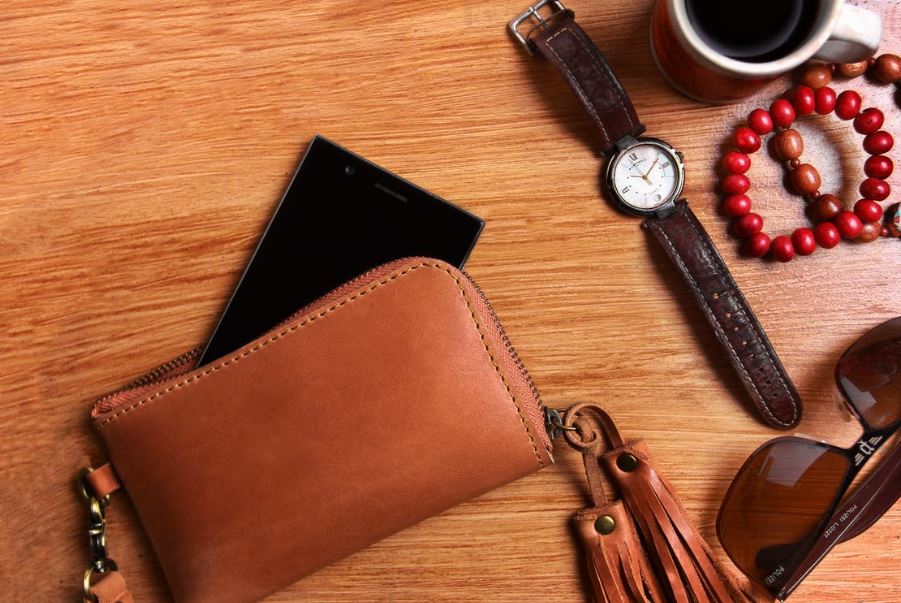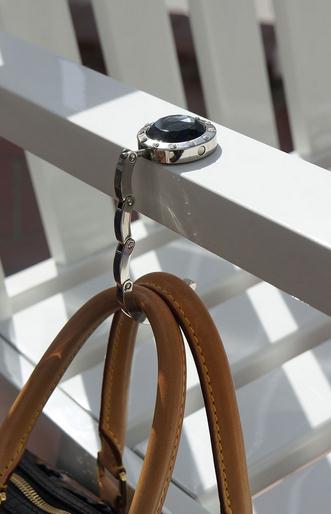What Is the Difference Between a Purse and a Reticule?
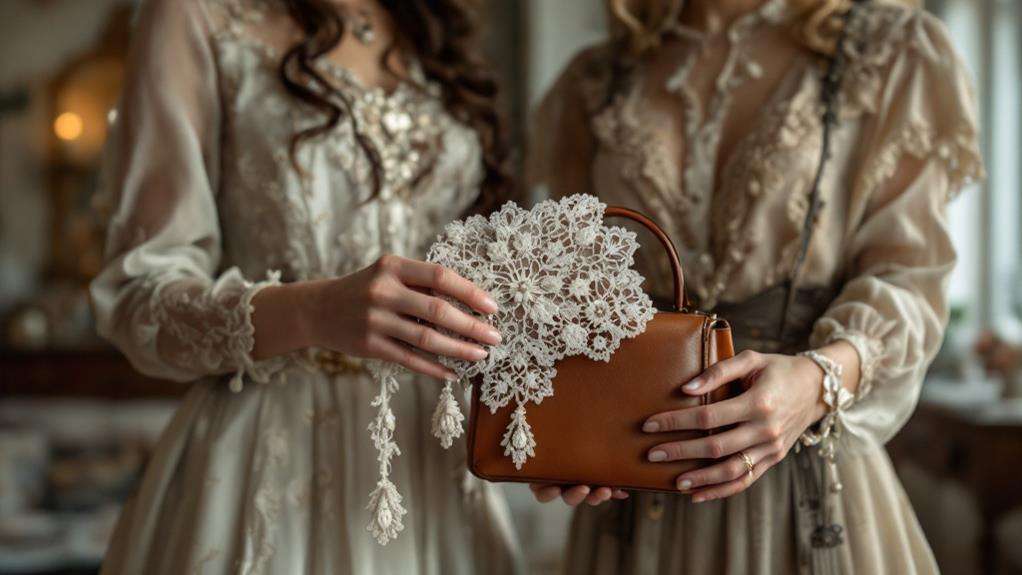
A purse and a reticule differ mainly in their historical origins, design, and functionality. Reticules, popular from the late 18th to early 19th century, were delicate, drawstring bags crafted from materials like silk and velvet. They served as fashion statements allowing women to carry personal items publicly. Purses, however, evolved over time to be more practical and varied. Modern purses come in numerous sizes and are made from materials like leather and synthetic fabrics, designed primarily for functionality. If you investigate further, you'll uncover the cultural significance and the fascinating evolution of these iconic accessories.
Historical Origins
In exploring the historical origins of the purse and reticule, you'll notice a fascinating evolution in fashion and utility. The reticule, originating in the late 18th century, was a small drawstring bag derived from the French word "réticule," meaning net. These bags gained popularity between 1795 and 1820, perfectly complementing Regency-period fashions that welcomed slender silhouettes. During this time, women carried their necessities in these delicate, often handmade bags featuring intricate embroidery and beading. The reticule's design was a practical response to the timeframe's clothing styles, which offered limited room for pockets.
As the 19th century unfolded, the concept of the purse began to take shape, evolving from the reticule into something more structured and capacious. This shift reflected broader changes in women's fashion and societal norms. Early purses marked a move toward commercially produced and standardized designs, indicating a shift from the personal craftsmanship of reticules. The emergence of the purse signified a new period where women enjoyed greater autonomy and practicality in carrying their belongings. Understanding the historical origins of these accessories helps you appreciate the cultural and social dynamics that influenced women's fashion choices through the decades.
Design and Materials
Design and materials play a vital role in distinguishing reticules from modern purses. Reticules were made from delicate fabrics like silk, satin, and velvet, exuding elegance and showcasing the craftsmanship of their time. These small drawstring bags often boasted intricate embellishments such as embroidery, beading, and lace, which added a touch of sophistication. In contrast, modern purses utilize a wide range of materials, ranging from leather and canvas to synthetic fabrics, emphasizing durability and practicality.
The design of reticules typically featured a simple drawstring closure, carried over the arm by a cord or chain. This straightforward mechanism was both functional and stylish, aligning with the fashion trends of the late 18th and early 19th centuries. Meanwhile, contemporary purses offer an abundance of closures, including zippers, magnetic snaps, and clasps, catering to different preferences and needs. You'll find that these modern options also provide numerous carrying styles, such as shoulder straps or crossbody designs, enhancing convenience and versatility.
Reticules often came in unique shapes like tulip or square forms, while today's purses are available in assorted styles and silhouettes, reflecting evolving fashion sensibilities and societal functions.
Cultural Significance
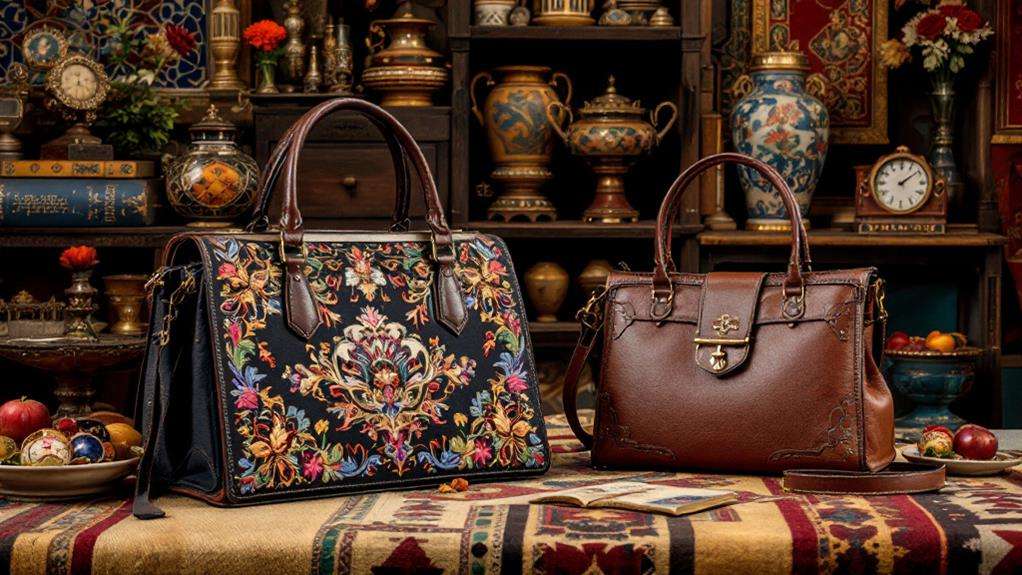
While reticules and modern purses differ in design and materials, their cultural significance offers deeper insights into societal changes. Reticules emerged in the late 18th and early 19th centuries as a groundbreaking shift in women's fashion. They allowed women to carry personal belongings in public, a move that challenged traditional gender norms. Unlike the practical, functional evolution of today's purses, reticules were more about decoration and personal expression, representing creativity and individual style.
The term "reticule" wasn't always positive, often mocked as "ridicules" in contemporary literature. This mockery highlighted societal tensions surrounding women's fashion choices and their right to autonomy. Despite this, reticules marked a significant change from utilitarian pockets to elegant accessories, underscoring evolving attitudes towards women's independence and their agency in carrying personal items.
In fashion history, the cultural significance of reticules is undeniable. They signify a crucial moment when women's accessories began to reflect femininity and elegance. By carrying a reticule, women were not only embracing a fashionable trend but also asserting their right to personal space and belongings. This small accessory symbolized a larger movement towards female empowerment and self-expression.
Functional Differences
Understanding the functional differences between reticules and modern purses reveals intriguing contrasts in design and purpose. The term reticule refers to a small drawstring bag popular in the 18th and early 19th centuries, primarily designed for women to carry personal necessities discreetly. Meanwhile, the kind of purse or handbag carried today is often larger and built for practicality, featuring compartments and closures like zippers, making them suitable for a broader range of contents and activities.
- Design and Size: Reticules are compact, with a simple closure at the top, designed to hold minimal items such as coins, handkerchiefs, and fans. In contrast, modern purses differ in size, offering ample space for everything from wallets to electronic devices.
- Purpose and Utility: While reticules were more of a fashion accessory reflecting personal style and status, today's purses often emphasize functionality, balancing style with daily utility.
- Fashion Adaptation: The reticule emerged as a response to the slim silhouettes of period dresses, replacing waist-tied pockets. Modern purses, however, adapt to a range of fashion trends, serving both functional and fashionable roles for various lifestyles.
These distinctions highlight how each kind of purse has evolved with changing needs and styles.
Evolution Over Time
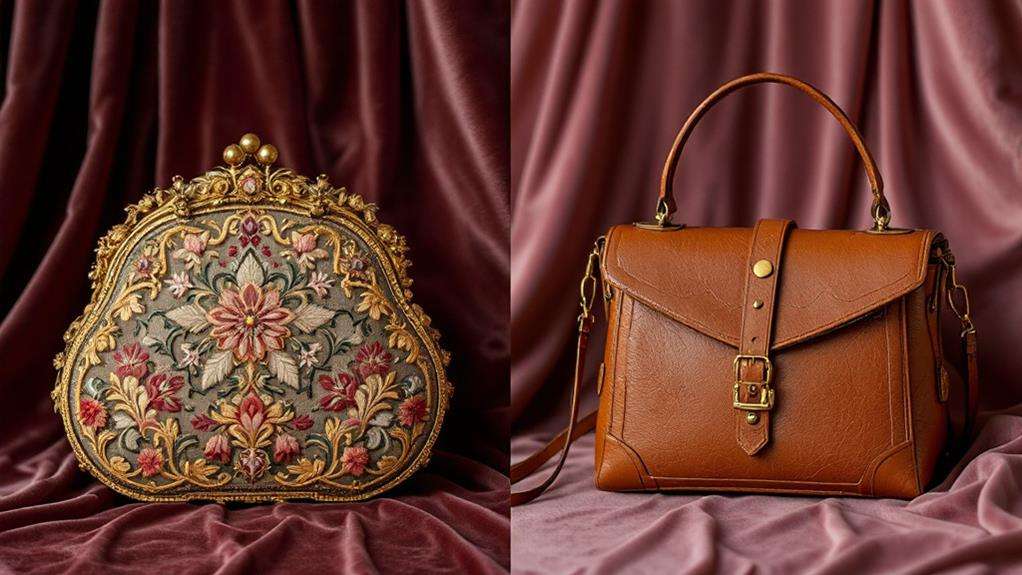
Exploring the evolution of reticules into modern purses reveals how each has adapted to meet changing needs. In the late 18th century, reticules emerged as elegant, small drawstring bags, crafted to complement the slim silhouettes of Regency fashion. They replaced the bulky waist-tied pockets women previously used. Over time, these delicate accessories showcased intricate beadwork and embroidery, becoming a staple in women's fashion by the mid-19th century.
As fashion trends shifted, the practicality of reticules began to wane. This shift marked the beginning of the evolution toward the versatile and larger handbags we recognize today as purses. While reticules remained tethered to historical contexts and styles, purses evolved to include a broad range of styles and sizes, adapting to the diverse needs of modern women.
The term "purse" has grown into a generic descriptor encompassing numerous bag types, reflecting a dynamic evolution from their reticule ancestors. Meanwhile, reticules are often seen as a nod to historical fashion, their role largely diminished in favor of more functional designs. This transformation from the reticule of the 18th century to today's purse underscores how fashion and practicality have continually influenced each other.
Modern Interpretations
As fashion continually evolves, modern interpretations of reticules skillfully blend historical and contemporary elements, breathing new life into these classic accessories. Present-day designers often incorporate intricate beadwork and embroidery from the past, crafting handbags and evening bags that echo the elegance of 18th and 19th-century reticules. Some even take a playful approach, reimagining the once-popular pineapple-shaped reticules, proving that historical designs can still captivate modern audiences.
You'll notice several trends highlighting the reticule's cultural legacy:
- Unique Shapes and Materials: Modern reticules showcase creative shapes and materials, paying homage to their historical roots while appealing to contemporary tastes.
- Crafting Communities: Enthusiasts on social media platforms and crafting communities investigate historical techniques, sharing their creations and inspiring others to appreciate reticules anew.
- Museum Exhibitions: Museums and fashion exhibitions continue to spotlight reticules, emphasizing their evolution and historical significance, ensuring they remain relevant in the present fashion landscape.

